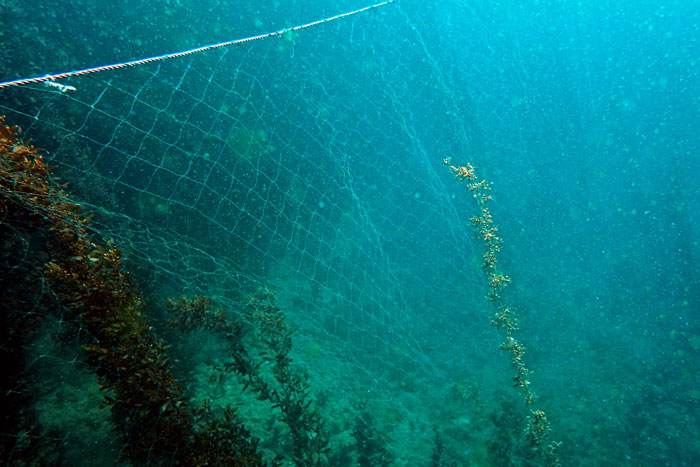Ghost gear is known to be cryptic and transboundary in nature. In simple terms, this means it can be difficult to see or find and may drift long distances, often crossing political and maritime borders along the way.
Ghost gear inevitably succumbs to the forces of nature, such as wind and ocean currents. These forces drive ghost gear far beyond our reach, passing through multiple habitats along the way. Our efforts to measure the impact of ghost gear is further complicated by its ability to ghost fish. Ghost fishing eventually results in nets sinking due to its increased weight, ultimately ‘disappearing’ from our field of vision. Often it is not what you can see that is the concern but what you cannot!
Finally, ghost gear is often unmarked and forms conglomerates of many gear types mixed together by ocean currents and winds. Therefore when found it is hard to know how long it has been drifting and where it has come from.
Though it is hard to study ghost gear, we do know for sure that we can no longer assume that the countries with high levels of ghost gear are contributing the most to the problem. Equally, we cannot assume that countries with low levels of observed ghost gear are of no concern.


